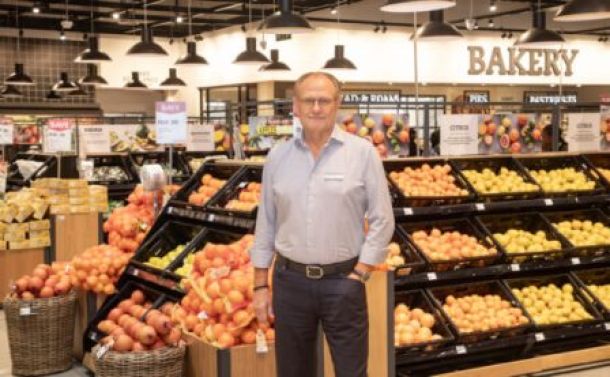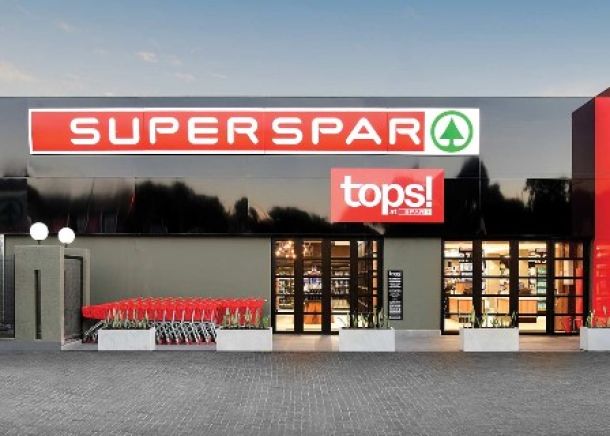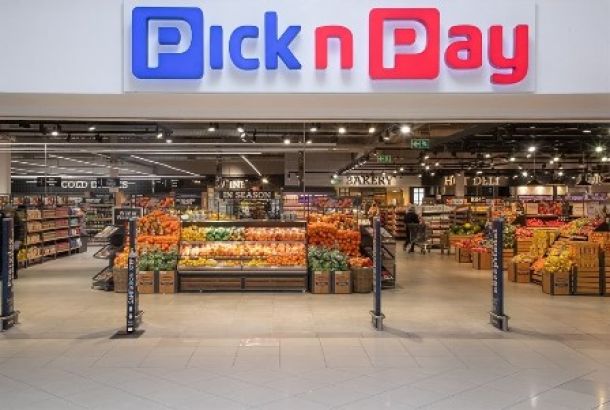Woolworths sales in South Africa are picking up, but its Australian business remains a train smash
Despite the tough economy, Woolworths continues to see strong food sales and a pick-up in demand for its clothing in South Africa. But its business Down Under remains in the doldrums.
Its Australian department store chain, David Jones, experienced “peak disruption” from the refurbishment of the company's flagship Sydney store, the group said in its results for the year to end-June. Sales fell by some 3% in the past six months.
Across all its businesses, the company reported a 4% increase in turnover (to R78bn) for the year to end June, but its headline earnings fell by almost 5% as David Jones continued to bite. Its total dividend for the year (190.5c) is more than 20% lower than last year’s payout.
Woolworths bought David Jones in 2014 for R21.5bn, promising that it would "create a leading southern hemisphere retailer" and "become one of the top 10 global department store operators".
But on Thursday, Woolworths again acknowledged that “the business has fallen short of expectations”. It has written off billions, and now thinks David Jones is only worth A$965.0 million (R15bn). Its continued investment in the Australian brand has also increased the debt burden on the local company. Since the acquisition, its share price fell by almost a third.
In South Africa, despite a very weak economy, food sales grew by 9% over the past six months, with total sales for the year up by almost 8%. Woolworths food prices rose 1.8% over the past year. Shoprite’s prices rose by 1.2% over the same time.
In a surprising turnaround, Woolworths saw a strong 8% increase in sales of its clothing over the past six months. This was thanks to a focus on core ranges and basics, backed by improved availability, the company said. But due to a slow start in the first six months of its financial year, fashion, beauty and home sales rose by only 1.5% for the year.
Its online business grew by almost 30% over the course of the year, but still only represents 1% of total sales.
In South Africa, consumer spending is expected to remain constrained. However, Woolworths believes its food sales will be stronger than at other retailers, and that its clothing business will continue its turnaround.
“In Australia, we believe the retail market will continue to be tough with heavy discounting and promotional activity.”
News Category
- International retailers
- On the move
- Awards and achievements
- Legislation
- Wine and liquor
- Africa
- Going green
- Supplier news
- Research tools
- Retailer trading results
- Supply chain
- Innovation and technology
- Economic factors
- Crime and security
- Store Openings
- Marketing and Promotions
- Social Responsibility
- Brand Press Office
Related Articles

Pick n Pay plunges 16% on JSE as stock adjusts ...

SPAR suffering from a hangover

Pain for Pick n Pay

Pick n Pay disaster


